
Al Ain Oasis: The Verdant Heart of the Desert
Explore Al Ain Oasis, a UNESCO World Heritage site where ancient irrigation systems and verdant palm groves create a serene desert sanctuary.
Al Ain Oasis is a lush, green sanctuary nestled in the heart of Al Ain, United Arab Emirates. This UNESCO World Heritage site spans over 1,200 hectares and is a testament to the ingenuity of desert agriculture. With its thousands of date palms and other fruit trees, the oasis provides a refreshing contrast to the surrounding arid landscape. Wandering through the shaded pathways, visitors can explore the ancient falaj irrigation system, which has been in use for over 3,000 years. The tranquil environment, combined with the gentle sound of water trickling through the channels, offers a serene escape from the bustling city life. The oasis is also home to several small, traditional farms, giving tourists a glimpse into the agricultural practices that have sustained this region for millennia. The Al Ain Oasis is more than just a natural wonder; it is a cultural treasure. The Eco-Centre within the oasis provides educational exhibits about sustainable farming and the history of the falaj system. Visitors can also enjoy guided tours that delve into the rich heritage and biodiversity of this unique ecosystem. Whether you're a nature enthusiast, history buff, or simply looking for a peaceful retreat, Al Ain Oasis promises a memorable and enriching experience.
Local tips in Al Ain Oasis
- Wear comfortable walking shoes as you will be exploring on foot.
- Visit early in the morning or late afternoon to avoid the midday heat.
- Bring a hat and sunscreen for protection against the sun.
- Don't miss the Eco-Centre for insightful exhibits on sustainable farming.
- Guided tours are highly recommended to fully appreciate the oasis's history and significance.
Al Ain Oasis: The Verdant Heart of the Desert
Al Ain Oasis is a lush, green sanctuary nestled in the heart of Al Ain, United Arab Emirates. This UNESCO World Heritage site spans over 1,200 hectares and is a testament to the ingenuity of desert agriculture. With its thousands of date palms and other fruit trees, the oasis provides a refreshing contrast to the surrounding arid landscape. Wandering through the shaded pathways, visitors can explore the ancient falaj irrigation system, which has been in use for over 3,000 years. The tranquil environment, combined with the gentle sound of water trickling through the channels, offers a serene escape from the bustling city life. The oasis is also home to several small, traditional farms, giving tourists a glimpse into the agricultural practices that have sustained this region for millennia. The Al Ain Oasis is more than just a natural wonder; it is a cultural treasure. The Eco-Centre within the oasis provides educational exhibits about sustainable farming and the history of the falaj system. Visitors can also enjoy guided tours that delve into the rich heritage and biodiversity of this unique ecosystem. Whether you're a nature enthusiast, history buff, or simply looking for a peaceful retreat, Al Ain Oasis promises a memorable and enriching experience.
Iconic landmarks you can’t miss
Al Jahli Park
Discover the lush landscapes and serene ambiance of Al Jahli Park in Abu Dhabi, a perfect escape for relaxation and family fun.
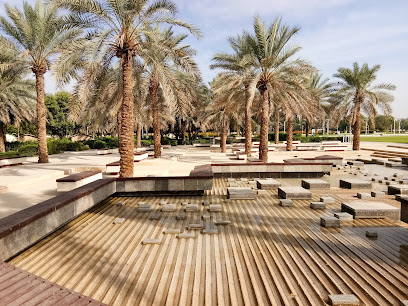
Al Jahili Fort
Discover the rich heritage of the UAE at Al Jahili Fort, a stunning historical fortress showcasing the culture and history of Abu Dhabi.
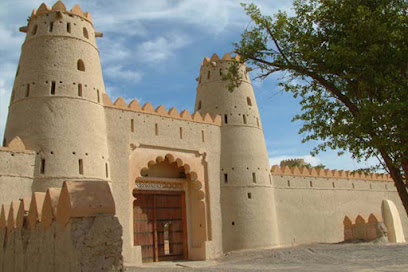
Al-Ain Clocktower
Discover the Al-Ain Clocktower, a stunning symbol of heritage and modernity in the heart of Abu Dhabi's Central District.

Qasr Al Muwaiji - قصر المويجعي
Explore the historical significance of Qasr Al Muwaiji, a majestic fortress and museum that embodies the rich culture and heritage of the UAE.
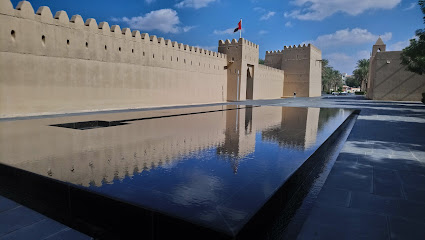
Al Ain National Museum
Explore the profound heritage of the UAE at Al Ain National Museum, a cultural treasure trove showcasing the history and traditions of Emirati life.
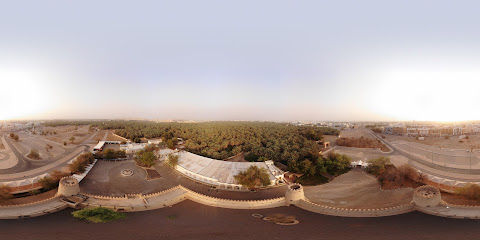
Hili Oasis
Discover the serene beauty and rich history of Hili Oasis, a UNESCO World Heritage site in Abu Dhabi, perfect for cultural exploration and relaxation.
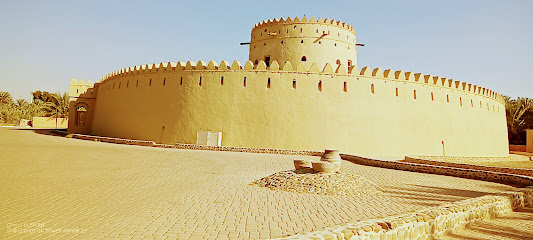
Al Nagfa
Explore Al Nagfa, a serene tourist attraction in Abu Dhabi, where natural beauty meets local culture for an unforgettable experience.
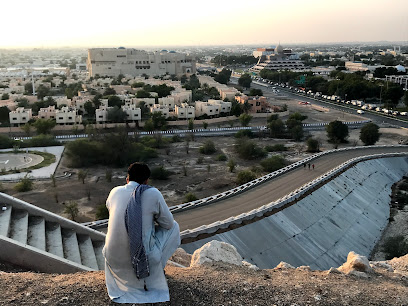
Bin Helal Fort Al Ain Abu Dhabi
Explore Bin Helal Fort in Al Ain, a historical landmark showcasing the rich heritage and architectural beauty of Abu Dhabi's past.

Al Wajidi Fort
Explore Al Wajidi Fort in Abu Dhabi, a historical fortress showcasing the rich heritage and architecture of the UAE.
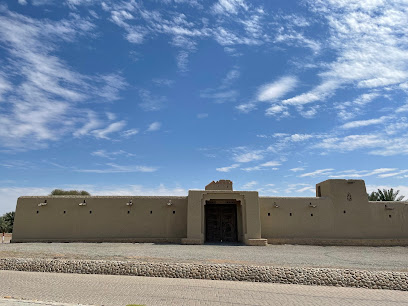
Al Ain Oasis
Discover the tranquil beauty of Al Ain Oasis, a UNESCO World Heritage Site featuring lush palm groves and a rich agricultural heritage.

Unmissable attractions to see
Al Jahli Park
Explore the serene landscapes and vibrant flora of Al Jahili Park in Abu Dhabi, a perfect escape for nature lovers and families alike.
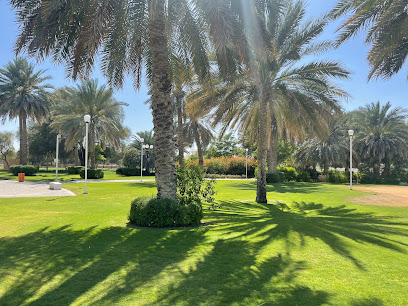
Al Ain Oasis
Explore Al Ain Oasis, a UNESCO Heritage site with lush palm groves and rich agricultural history in the heart of Abu Dhabi.
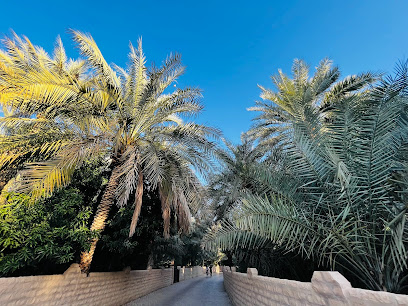
Al Ain Park
Experience the tranquility and beauty of Al Ain Park, a lush oasis perfect for family outings and cultural exploration in Abu Dhabi's desert landscape.
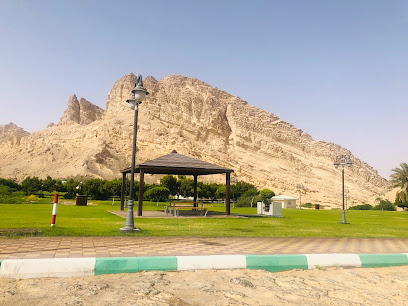
Al Jahili Fort
Discover the history and beauty of Al Jahili Fort, a stunning fortress in Abu Dhabi showcasing UAE's rich cultural heritage.
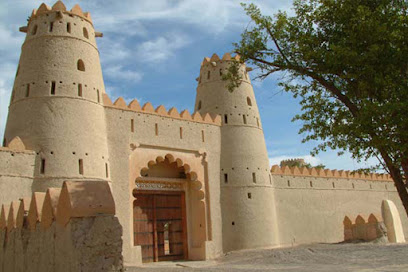
Qasr Al Muwaiji - قصر المويجعي
Explore Qasr Al Muwaiji, a historical fortress and museum in Abu Dhabi, showcasing the UAE's vibrant culture and rich heritage.
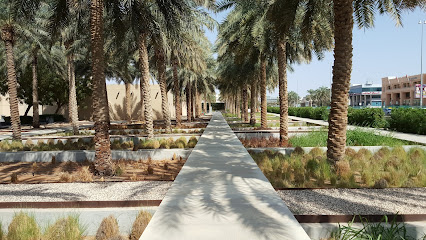
Al Ain Ladies Park (Al Basra Park)
Discover the tranquility of Al Ain Ladies Park in Abu Dhabi, a family-friendly oasis perfect for relaxation and outdoor activities.
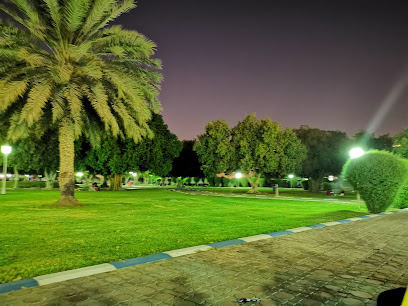
Al Nagfa
Explore Al Nagfa, a serene tourist attraction in Abu Dhabi, perfect for relaxation and breathtaking views of the surrounding desert landscape.
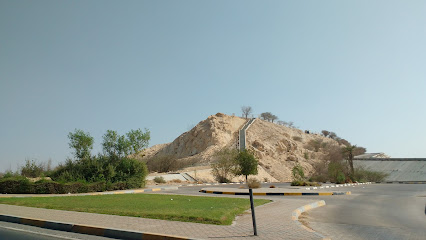
فی الطریق
Experience the tranquility of Al Tariq Park in Abu Dhabi, a lush oasis perfect for relaxation, family activities, and enjoying nature's beauty.
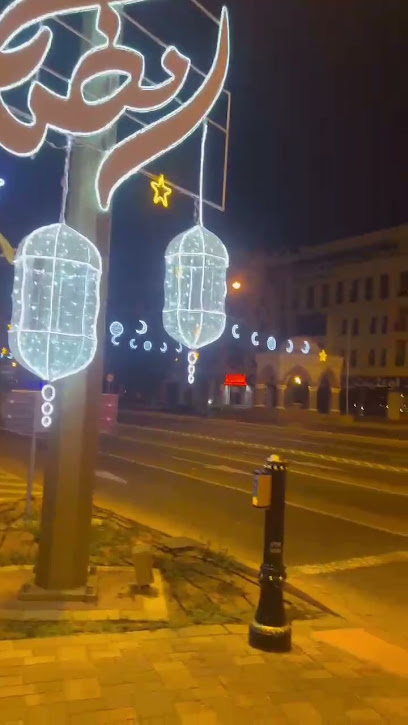
Essential places to dine
Unique Al Ain Restaurant L.L.C
Experience authentic Indian cuisine at Unique Al Ain Restaurant in Abu Dhabi’s Central District - where every dish tells a story.

Open House Restaurant & Cafe (Al Ghazal Restaurant)
Experience diverse flavors at Open House Restaurant & Cafe in Abu Dhabi - where Continental meets Indian and Pakistani cuisine in a cozy setting.
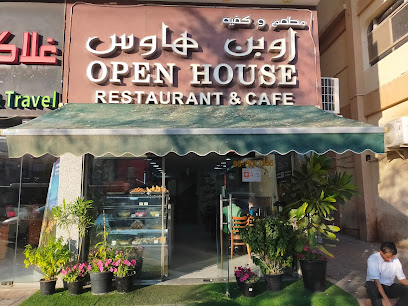
Al Salehani Restaurant
Experience authentic Syrian cuisine at Al Salehani Restaurant in Abu Dhabi, where tradition meets flavor in every dish.
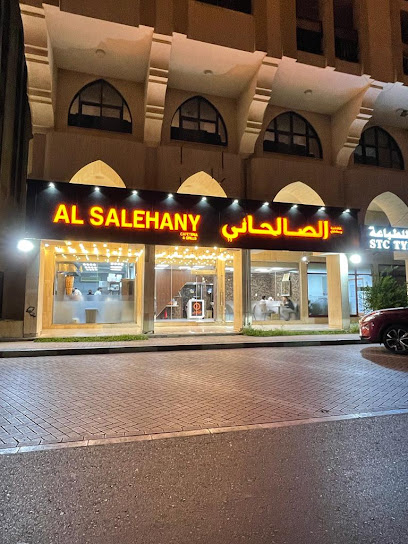
Jr's Restaurant Al-Ain
Discover authentic Filipino flavors at Jr's Restaurant Al-Ain - where every meal tells a story of culinary tradition.
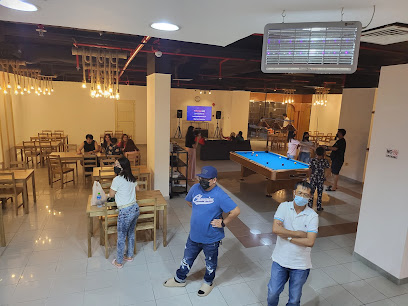
GRILLARIUM SEAFOOD RESTAURANT
Experience exquisite seafood dining at Grillarium Seafood Restaurant in Abu Dhabi – where every dish is a celebration of fresh flavors.
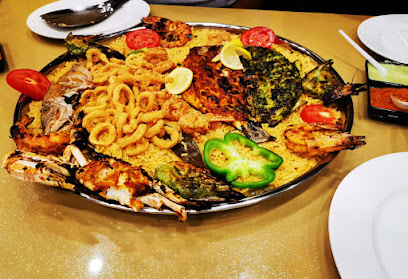
VIP Restaurant
Savor authentic Filipino flavors at VIP Restaurant in Al Ain - where culinary tradition meets warm hospitality.
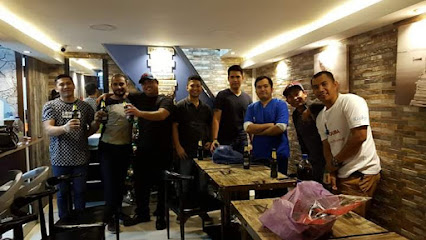
Nakhitna In Takya
Experience the vibrant flavors of Abu Dhabi at Nakhitna In Takya - where tradition meets modern culinary excellence.
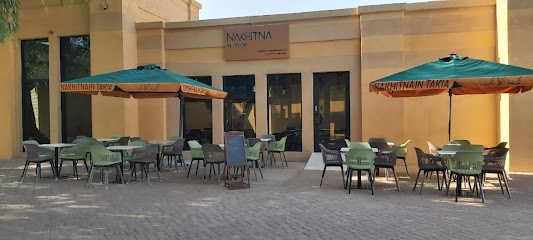
Al Taawon Restaurant
Experience the vibrant tastes of Pakistan at Al Taawon Restaurant in Abu Dhabi, where every dish tells a story.

Alafeef Restaurant
Discover authentic Indian flavors at Alafeef Restaurant in Abu Dhabi’s Central District – where every dish tells a story.

Desert Oasis Cafeteria
Experience authentic Pakistani cuisine at Desert Oasis Cafeteria in Abu Dhabi's Central District - a culinary journey you won't forget.
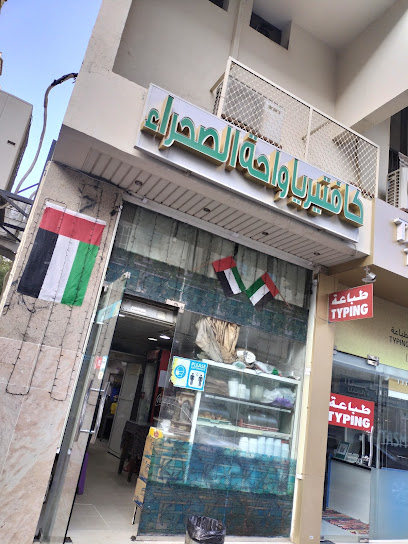
Markets, malls and hidden boutiques
Star Gallery Mart - ستار جاليري مارت
Explore the latest in electronics and mobile devices at Star Gallery Mart in Abu Dhabi's Central District, where innovation meets convenience.
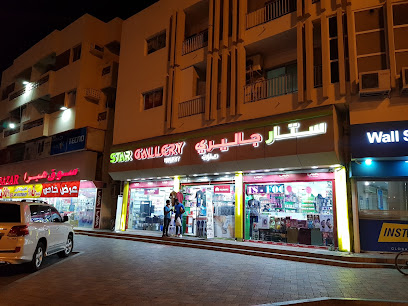
Creek outlet center al ain
Experience the best of shopping at Creek Outlet Center in Al Ain, featuring a diverse range of clothing, cosmetics, and footwear stores.
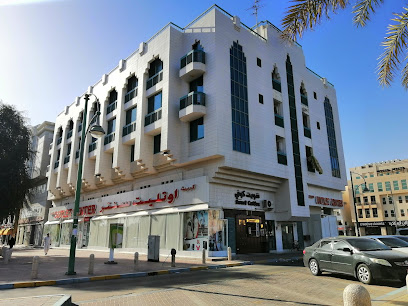
Paris Gift Palace
Explore the vibrant Paris Gift Palace in Abu Dhabi for unique souvenirs, local crafts, and a delightful shopping experience.
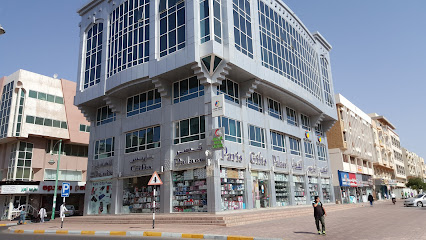
Meena Gift Town LLC
Explore Meena Gift Town LLC in Abu Dhabi for unique souvenirs and traditional Emirati gifts that capture the spirit of the UAE.
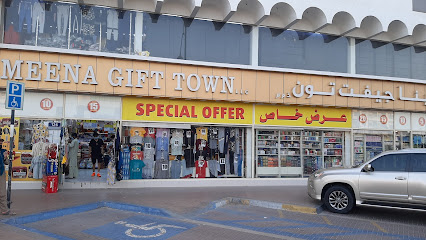
THE One Al Ain Mall
Explore THE One Al Ain Mall in Abu Dhabi for an unparalleled shopping experience featuring a wide range of home goods, furniture, and unique gifts.
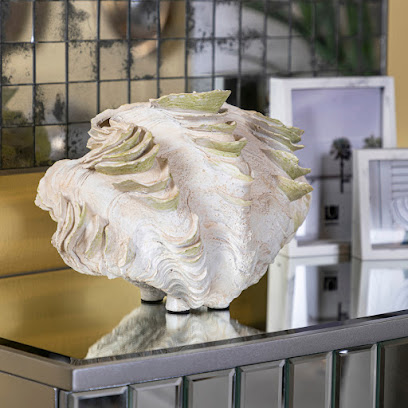
Unique Tshirt
Create your own unique t-shirt at Unique T-Shirt in Al Ain Mall, Abu Dhabi, where personalized fashion meets quality craftsmanship.

African shop in Al Ain
Explore the vibrant flavors of Africa at Al Ain's beloved African grocery shop, where culture and cuisine come together in a unique shopping experience.
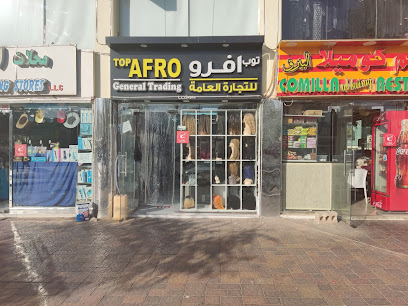
AL WAFA TRADING AL AIN
Explore Al Wafa Trading in Abu Dhabi for trendy women's clothing that combines style, quality, and affordability in a vibrant shopping experience.
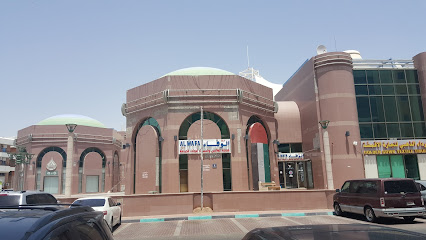
Alain Oasis Gift shop
Explore the vibrant world of Emirati craftsmanship at Alain Oasis Gift Shop, a treasure trove of unique souvenirs in Abu Dhabi's Central District.
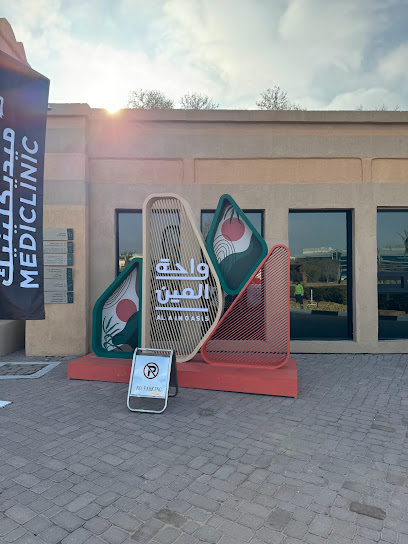
Madares Boutique - Al Ain
Discover the essence of contemporary Emirati fashion at Madares Boutique, a top clothing store in the heart of Al Ain.
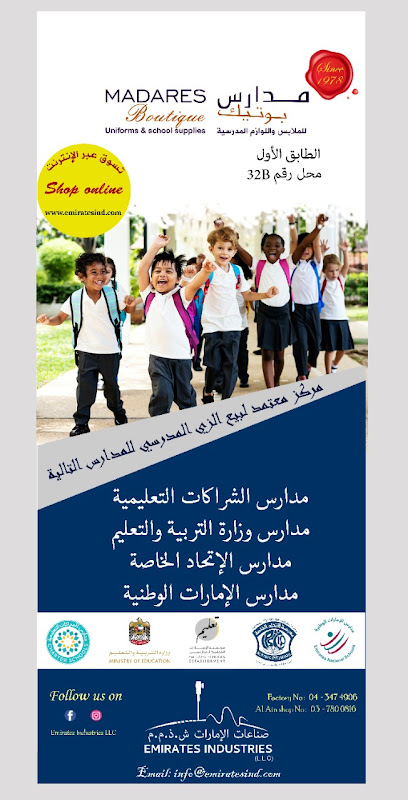
Essential bars & hidden hideouts
McGettigan's Al Ain
Experience the vibrant atmosphere of McGettigan's Al Ain, where Irish hospitality meets Abu Dhabi's cultural flair, perfect for tourists seeking a lively night out.
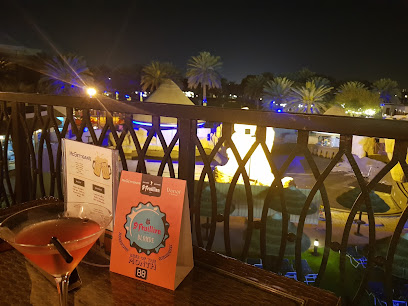
The Rooftop _ Aloft Al Ain
Experience the breathtaking views and vibrant atmosphere at The Rooftop, a premier lounge and bar in Al Ain, perfect for relaxation and socializing.
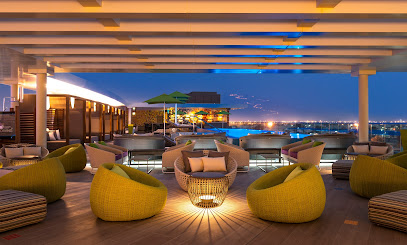
Moodz
Experience the electrifying nightlife of Abu Dhabi at Moodz, where music, dance, and unforgettable moments await.
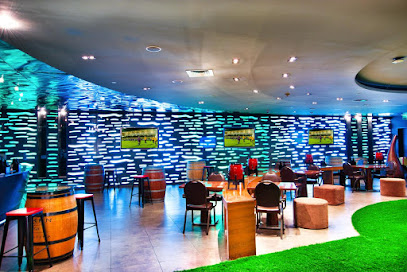
Peach Garden
Experience the vibrant nightlife at Peach Garden, a lively bar in Radisson Blu Al Ain, featuring live music and a welcoming atmosphere.

Aquarius Pool Bar
Experience the ultimate relaxation at Aquarius Pool Bar, where refreshing drinks and stunning views await in Al Jahili, Abu Dhabi.
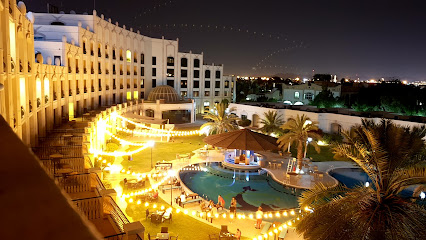
Md manik
Discover Md Manik: A vibrant bar in Abu Dhabi's Hili district offering an energetic atmosphere and a unique blend of local and international drinks.
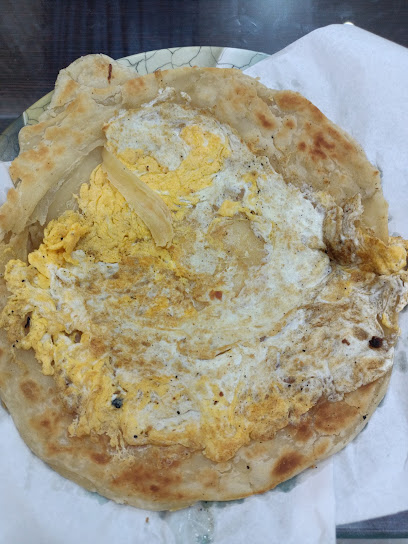
Biruk
Discover the vibrant nightlife of Abu Dhabi at Biruk, a lively bar in Al Qattarah perfect for unwinding with friends and savoring delicious drinks.

W XYZ Lounge _ Aloft Al Ain
Experience modern elegance at W XYZ Lounge, Aloft Al Ain - a chic bar for cocktails, bites, and vibrant nightlife in Abu Dhabi.
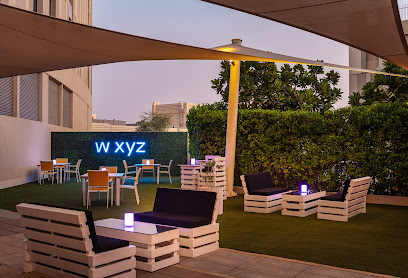
Bar Bar Pastry
Discover the sweet side of Abu Dhabi at Bar Bar Pastry, where exquisite pastries meet a vibrant atmosphere in the heart of the city.

Seyal
Experience the vibrant nightlife at Seyal, a cozy bar in Al Mutaw'ah, Abu Dhabi, offering a wide range of refreshing drinks and a welcoming atmosphere.

Local Phrases
-
- Helloمرحبا
[marhaba] - Goodbyeوداعا
[wadaa'an] - Yesنعم
[naam] - Noلا
[laa] - Please/You're welcomeمن فضلك/على الرحب والسعة
[min fadlik/ala arrahb wasi'a] - Thank youشكرا
[shukran] - Excuse me/Sorryعذرا
[atharaan] - How are you?كيف حالك؟
[kayf halik?] - Fine. And you?بخير. وأنت؟
[bukhayr. wa ant?] - Do you speak English?هل تتكلم الإنجليزية؟
[hal tatakallam al'inglizia?] - I don't understandأنا لا أفهم
[ana la afham]
- Helloمرحبا
-
- I'd like to see the menu, pleaseأريد أن أرى القائمة، من فضلك
[urid an ara alqaima, min fadlik] - I don't eat meatأنا لا آكل اللحم
[ana la akl allahm] - Cheers!في صحتك!
[fi sahtik] - I would like to pay, pleaseأريد أن أدفع، من فضلك
[urid an adfaa, min fadlik]
- I'd like to see the menu, pleaseأريد أن أرى القائمة، من فضلك
-
- Help!النجدة!
[alnajda!] - Go away!انصرف!
[ansarif!] - Call the Police!اتصل بالشرطة!
[itSal bialshurTa!] - Call a doctor!اتصل بالطبيب!
[itSal bialTbiB!] - I'm lostلقد ضللت الطريق
[laqad dalalt altariq] - I'm illأنا مريض
[ana mareed]
- Help!النجدة!
-
- I'd like to buy...أريد أن أشتري...
[urid an ashtari...] - I'm just lookingأنا فقط أتفرج
[ana faqat atfarij] - How much is it?كم هو ثمنه؟
[kam huwa thamanuh?] - That's too expensiveهذا غالي جدا
[hatha ghali jiddan] - Can you lower the price?هل يمكنك خفض السعر؟
[hal yumkinuk khafd alsar?]
- I'd like to buy...أريد أن أشتري...
-
- What time is it?كم الساعة؟
[kam alsaa'a?] - It's one o'clockالساعة الواحدة
[alsaa'a alwahida] - Half past (10)النصف بعد (10)
[alnusf ba'd (10)] - Morningالصباح
[alsabah] - Afternoonالظهيرة
[aldhuhira] - Eveningالمساء
[almasa'] - Yesterdayالبارحة
[albariha] - Todayاليوم
[alyawm] - Tomorrowغدا
[ghadan] - 1واحد
[wahid] - 2اثنان
[ithnan] - 3ثلاثة
[thalatha] - 4أربعة
[arba'a] - 5خمسة
[khamsa] - 6ستة
[sitta] - 7سبعة
[sab'a] - 8ثمانية
[thamania] - 9تسعة
[tasia] - 10عشرة
[ashara]
- What time is it?كم الساعة؟
-
- Where's a/the...?أين ال...
[ayn al...] - What's the address?ما هو العنوان؟
[ma huwa al'anaan?] - Can you show me (on the map)?هل يمكنك أن تريني (على الخريطة)؟
[hal yumkinuk an tarini (ala alkhariTa)?] - When's the next (bus)?متى الحافلة القادمة؟
[mata alhafla alqadima?] - A ticket (to ....)تذكرة (إلى ....)
[tazkirat (ila ....)]
- Where's a/the...?أين ال...
History of Al Ain Oasis
-
Al Ain Oasis is an integral part of the history of the United Arab Emirates, with evidence of human settlement in the area dating back over 4,000 years. The oasis has long been a vital source of water and agriculture in the region, supporting ancient communities through its extensive date palm groves and falaj irrigation systems, which are still used today.
-
In 2011, Al Ain Oasis was designated as a UNESCO World Heritage Site, recognizing its cultural significance and the traditional practices of oasis farming that have been maintained over centuries. This designation highlights the importance of the oasis not only as a natural resource but also as a center of cultural heritage in the UAE.
-
The oasis has historical ties to the Al Nahyan family, the ruling family of Abu Dhabi. The family played a significant role in the development and management of the oasis, maintaining its agricultural practices and ensuring the sustainability of its water resources, which were crucial for the survival and prosperity of the region.
-
Archaeological excavations in Al Ain have uncovered numerous artifacts that provide insight into the lives of the people who inhabited the area thousands of years ago. Findings include pottery, tools, and remnants of ancient structures, indicating that Al Ain was a hub of trade and cultural exchange in the region.
-
In recent years, efforts have been made to balance modern development with the conservation of Al Ain Oasis. The introduction of eco-friendly tourism initiatives aims to promote awareness of the area's rich history and culture while preserving its natural resources for future generations. This reflects a growing recognition of the importance of sustainable practices in maintaining the oasis's heritage.
Al Ain Oasis Essentials
-
Al Ain Oasis is located in the heart of Al Ain city, making it easily accessible from various neighborhoods. You can reach the oasis by taking a taxi or rideshare service, which is the most convenient option. Public buses also operate between Al Ain's neighborhoods, with routes that include stops at Al Ain Oasis. If you're coming from Abu Dhabi or Dubai, you can take a bus to Al Ain Central Bus Station and then transfer to a local taxi or bus to the oasis.
-
Al Ain Oasis is pedestrian-friendly, with well-maintained walking paths throughout the date palm gardens. Biking is also a popular way to explore the area, and bicycles can be rented at nearby facilities. Public transport options are limited within the oasis itself, but taxis are readily available for trips to other parts of Al Ain. For longer distances, consider using local buses that connect various neighborhoods.
-
Al Ain, including Al Ain Oasis, is generally considered a safe destination for tourists. However, basic safety precautions should still be observed. Avoid isolated areas at night and keep your belongings secure, particularly in crowded places. There are no specific high-crime areas targeting tourists, but being vigilant is always advisable.
-
In case of an emergency, dial 999 for police assistance or 998 for medical emergencies. The Al Ain Hospital is the main medical facility in the area, equipped to handle most emergencies. It is advisable to have travel insurance that covers medical costs. For minor health issues, local pharmacies are available for over-the-counter medications.
-
Fashion: Do dress modestly in public areas, particularly in the oasis. Avoid wearing revealing clothing. Religion: Do respect local customs; when visiting religious sites, cover your shoulders and knees. Public Transport: Do give up your seat to the elderly or those in need. Don't eat or drink on public transportation. Greetings: Do greet with a handshake; a slight bow is also respectful. Eating & Drinking: Do try local dishes and accept food offers. Don't refuse hospitality, as it may be seen as impolite.
-
To experience Al Ain Oasis like a local, take time to explore the less-traveled paths within the oasis, where you can enjoy the tranquility and learn about the traditional falaj irrigation system. Visit the nearby Al Ain Museum to gain insights into the region's history. Engage with locals, who are typically welcoming and willing to share their culture. Don't miss the chance to sample fresh dates and local refreshments from vendors within the oasis.
Nearby Cities to Al Ain Oasis
-
Things To Do in Sohar
-
Things To Do in Fujairah
-
Things To Do in Dubai
-
Things To Do in Sharjah
-
Things To Do in Ibri
-
Things To Do in Ajman
-
Things To Do in Khor Fakkan
-
Things To Do in Abu Dhabi
-
Things To Do in Umm Al Quwain
-
Things To Do in Dibba Al-Fujairah
-
Things To Do in Ras Al Khaimah
-
Things To Do in Rustaq
-
Things To Do in Bahla
-
Things To Do in Khasab
-
Things To Do in Nizwa









